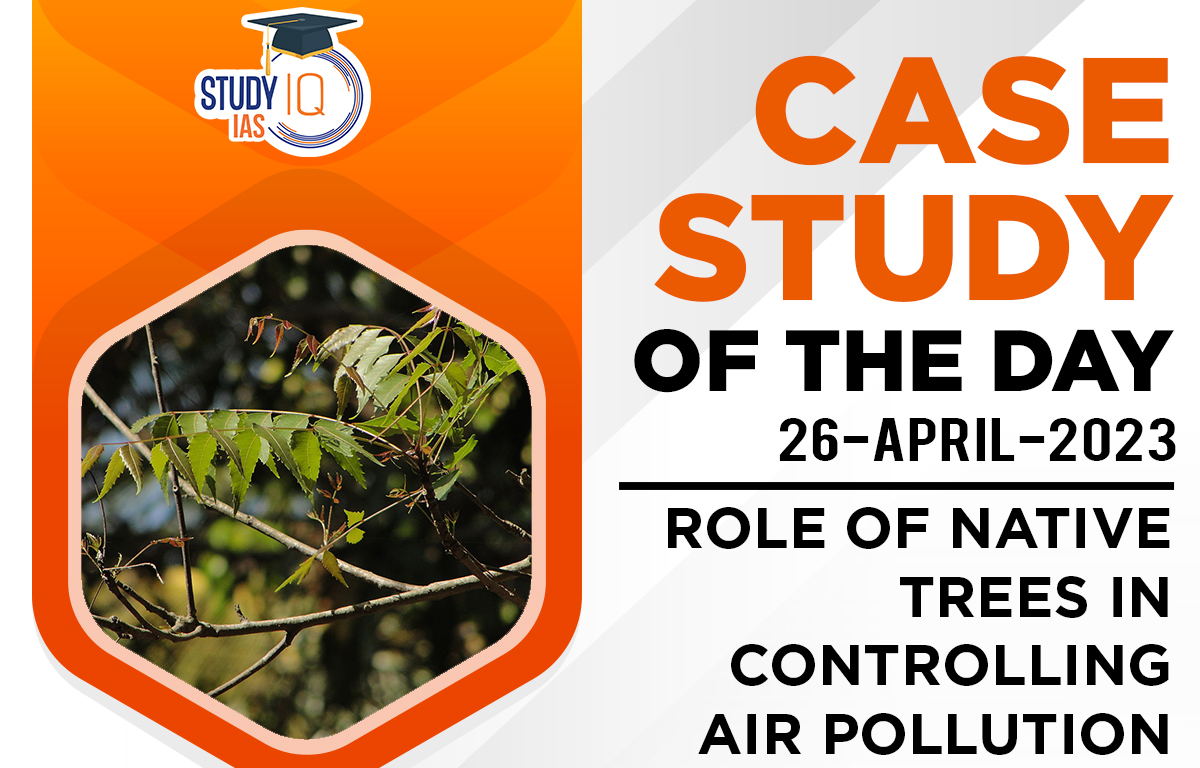Table of Contents
Role of Native Trees in Controlling Air Pollution Background
- India is a country that faces significant air pollution problems. This issue has led to numerous health problems, including respiratory illnesses, cardiovascular disease, and even premature death.
- The government has taken several steps to combat air pollution, including the implementation of policies to reduce emissions and increase renewable energy use. However, there is still a need for more innovative solutions to this problem. One such solution is the use of trees and crops that are endemic to India.
Study on Native Plants which help in Pollution Control
- A recent study found that planting trees and crops that are native to India could significantly reduce air pollution levels.
- The study focused on pipal, neem, mango, and crops like maize, pigeon pea, and safflower. These plants were chosen because they are known to have air-purifying properties.
Outcome of the Study
- The study found that planting these crops and trees in specific areas could reduce PM2.5 levels by up to 30%.
- PM2.5 refers to particulate matter that is 2.5 micrometers or less in diameter and is a major contributor to air pollution. The researchers also found that these plants could reduce nitrogen oxide levels by up to 40%.
- These trees exhibited the highest air pollution tolerance index (APTI) values. APTI and anticipated performance index are tools used to assess the tolerance capacity of tree and crop species against air pollution.
- The level of ascorbic acid in plants determines their tolerance against the adverse effect of oxidising pollutants.
- Ascorbic acid levels were higher in peepal, followed by mango trees.
- Among cereals, ascorbic acid levels were found to be the highest in maize. In oilseeds, safflower and flax seeds had similar levels of ascorbic acid.
- Among pulses, the pigeon pea had the highest ascorbic acid content, followed by the Indian pea.
- The study recommended that these plants be planted in urban areas, particularly in areas that have high levels of air pollution. The researchers also suggested that these plants could be used in agriculture.


 Daily Quiz 11 July 2025
Daily Quiz 11 July 2025
 Operation Baam: Baloch Separatist Group ...
Operation Baam: Baloch Separatist Group ...
 Article 326 and Electoral Roll Revision ...
Article 326 and Electoral Roll Revision ...





















